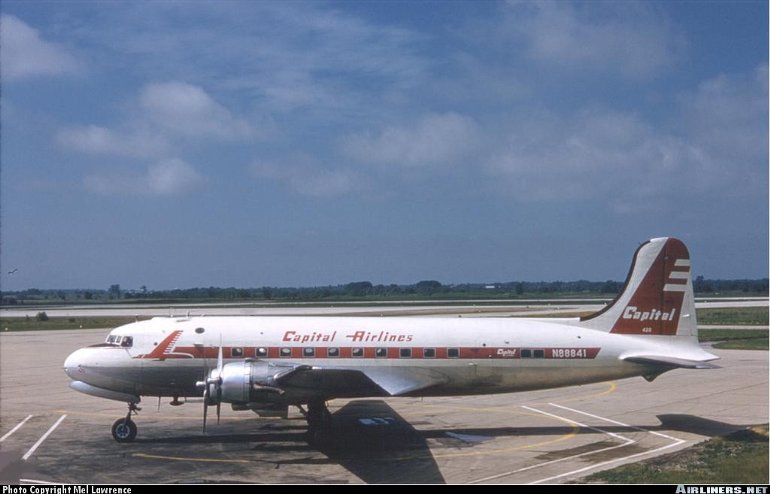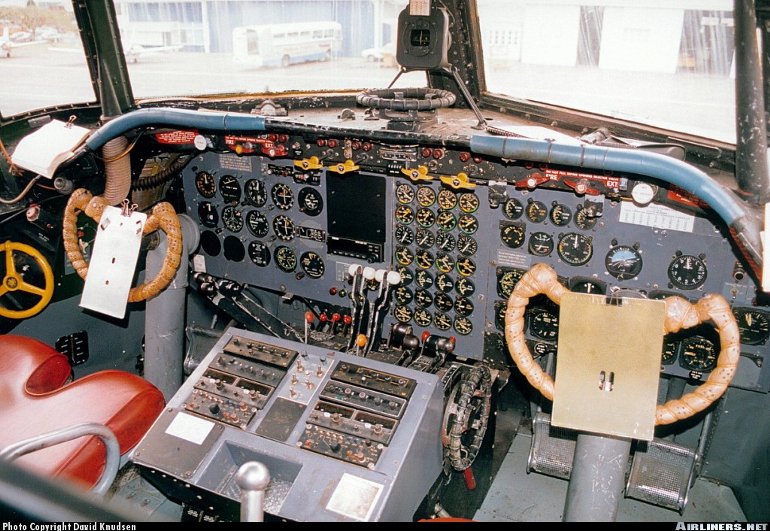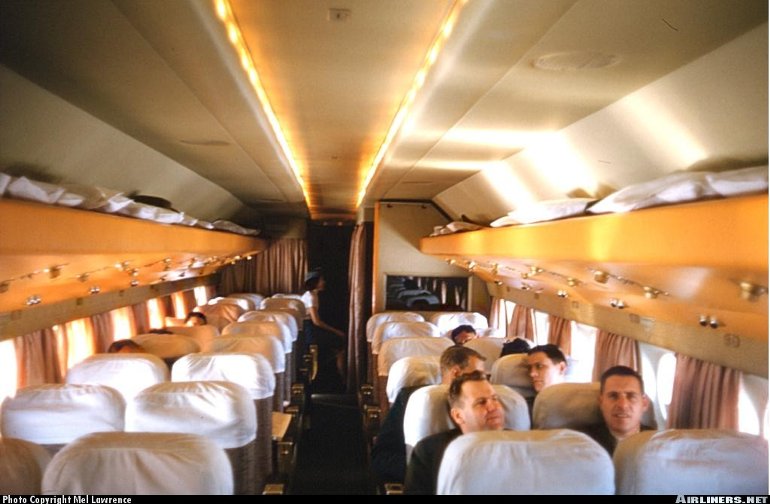Aircraft Technical Data
Douglas DC-4



| Details | |
| Country of Origin | United States of America |
| Type | Piston engined airliner and freighter |
| History | The history of the DC-4 dates back to when United Airlines devised a requirement for a four engine long range airliner. <p>United looked to Douglas to fulfil the requirement, who devised the highly ambitious DC-4E (where the E stood for experimental). This four engined behemoth was flight tested in 1939. It was roughly three times the size of the DC-3 (its wingspan was 42.17m/138ft 3in, and length 29.76m/97ft 7in), had triple tail surfaces, tricycle undercarriage, was pressurised and potentially could fly nonstop from Chicago to San Francisco. <p>However all the ground breaking new technology on the DC-4E meant that it was costly, complex and had higher than anticipated operating costs, so Douglas thoroughly revised the design, resulting in the smaller and simpler definitive DC-4. <p>The new DC-4 was developed under the darkening clouds of WW2, and upon the USA's entry into war all DC-4s then on the production line were requisitioned for the US military. The result was that the first DC-4 flew for the first time on February 14 1942 in military markings (as the C-54 Skymaster). The DC-4 was found to admirably suit the USAAF's requirement for a long range cargo transport, and 1162 were built through the war years. As was the case with the DC-3, the end of war meant that much of that number were surplus and sold to the world's airlines. Further to this Douglas built an additional 78 DC-4s to new orders. Over the years the survivors have been passed down to charter and freight airlines, and today small numbers survive in service as freighters. <p>Notable developments of the DC-4 include Aviation Trader's much modified Carvair freighter (described separately) while Canadair built a number with RollsRoyce Merlin engines and pressurised fuselages. The DC-4 also formed the basis for the larger DC-6 and DC-7 which are described separately (the DC-4 was the first airliner to introduce a circular section, constant diameter fuselage which made stretching the basic aircraft relatively simple). <p> |
| Powerplants | Four 1080kW (1450shp) Pratt & Whitney R20002SDBG Twin Wasp 14 cylinder twin row radial piston engines driving three blade constant speed propellers. |
| Performance | Max speed 451km/h (244kt), cruising speed 365km/h (197kt). Service ceiling 22,300ft. Range with a 5200kg (11,440lb) payload 4023km (2172nm). |
| Weights | Empty 19,460kg (43,300lb), max takeoff 33,112kg (73,000lb). |
| Dimensions | Wing span 35.81m (117ft 6in), length 28.60m (93ft 10in), height 8.38m (27ft 6in). Wing area 135.6m2 (1460sq ft). |
| Capacity | Flightcrew of three, standard passenger seating for 44, max seating for 86. Most surviving aircraft configured as freighters. |
| Production | Total DC-4 production comprised one DC-4E, 78 commercial DC-4s, 1162 military C54 Skymasters and 42 Canadair developed Merlin powered derivatives. Almost 80 remain in commercial service, most as freighters. |
| Related Links | Douglas DC-4 |
The backbone of this section is from the The International Directory of Civil Aircraft by Gerard Frawley and used with permission. To get your own copy of the book click here. |
|








